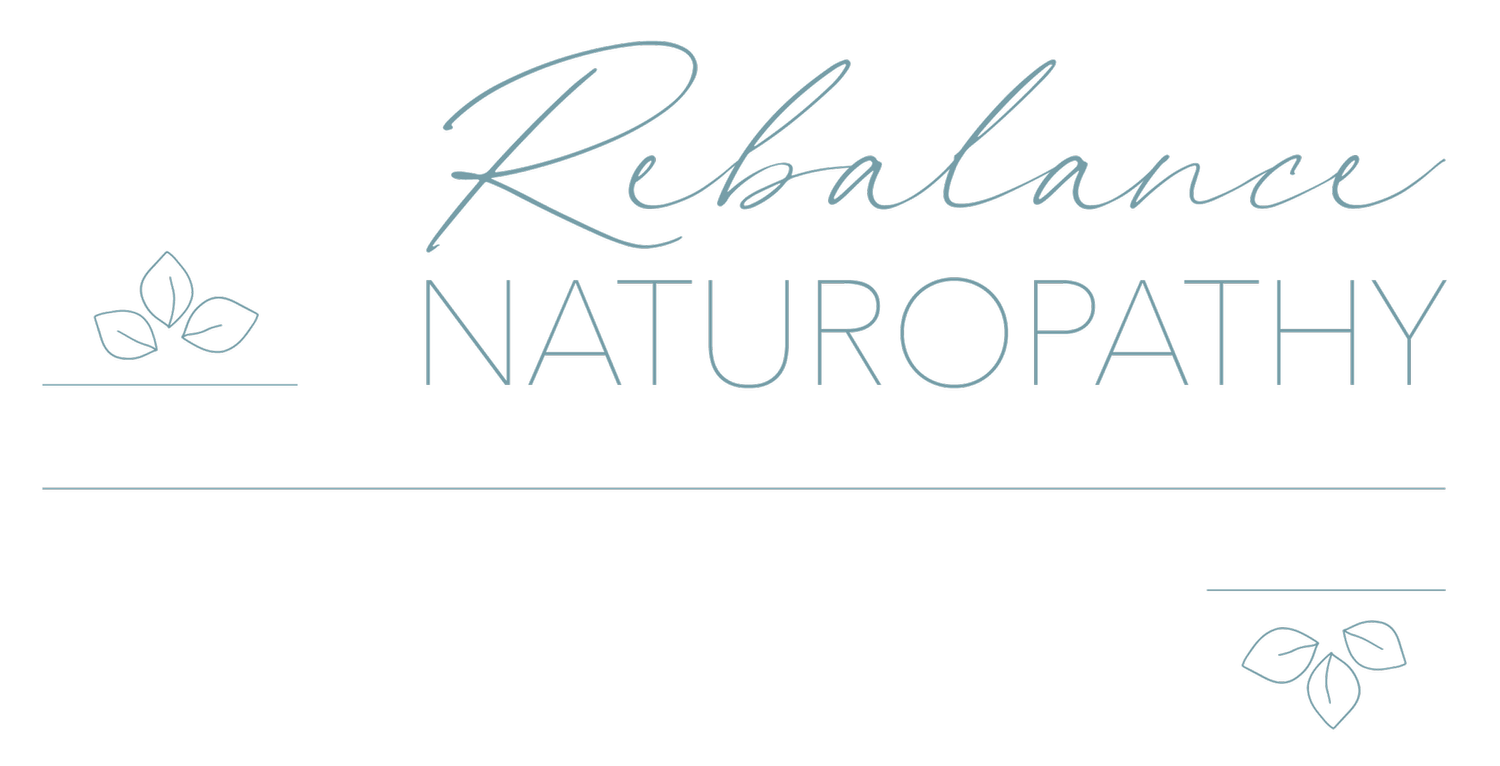Clay face masks
Clay, should you or shouldn’t you be doing it? What colour should you use? How does it work?
You may have seen posts or heard about how wonderful clay is. Quite often though, when an item becomes popular on the internet you are left with more questions than answers.
Luckily I’m here to give you a run through!
The concept of using clay in your beauty regime in Australia has only fairly recently gained popularity, however the tradition of using clay for its health benefits has roots back to the indigenous populations in many countries.
One such country is India. In January 2018 I was lucky enough to visit India as part of a health group volunteering with an organisation who run Ayurvedic health clinics. Whilst doing this we were taught about the various health benefits of clay. This information was imparted to us from Guni’s (traditional medicine men), whose knowledge didn’t come from an online article, but rather passed down through ancient scripture, families or from one Guni to his/her successor through the centuries. Now while our clay doesn’t come from deep in the middle of an ancient lake like theirs, there are still some pretty amazing benefits to be gained from implementing clay in your beauty regime.
Should I be doing it?
Short answer, Yes!
Long answer, also Yes! Here’s why- Clay is 100% natural (as long as it is a reputable brand) and so contains no nasties. This means those with sensitive skin are less likely to have a reaction, there’s no nasty synthetic ingredients going on your skin and each different colour has different properties, so you can tailor your mask to your skin.
Clay is used to draw out imperfections so I would advise not to use on a Thursday/Friday prior to a big event on the weekend. Instead make it part of your Sunday routine to help rid your skin of excess dead skin cells, makeup residue or dirt and grime from a busy weekend.
What colour should I use?
There are several natural colours of clay available including white, yellow, green, black and pink, each with individual and unique properties and benefits. The colour is determined by the minerals or plants within the clay.
White clay- rich in kaolinite and traditionally used in India as shampoo to sooth the scalp and rid excess moisture; as a mask it is great for normal to oily skin types as it draws out excess dirt and absorbs excess oil that may be clogging pores. This helps soothe the skin and reduces the size of pores.
Yellow clay- rich in silica, which is essential for skin integrity and structure; great for all skin types as it also draws out excess dirt and absorbs excess oil, reduces pore size and helps smooth out and soften the skin.
Green clay- rich in illite, a compound mineral containing calcium, magnesium and silica, to name a few; great for oily and acne prone skin as it draws out deep set oil and grime, while soothing irritated sebaceous glands and reducing the size of pores. An important feature of acne development is the pH of the skin. Green clay has a relatively neutral pH, making it perfect for acne prone skin, as it balances out the skin’s pH, helping to protect against acne causing bacteria.
Black clay- rich in iron, silicon and mica, traditionally used in India for acne and to stimulate digestion; great for oily skin and acne in males as it has antiseptic properties which aid in cleansing excess oil and removing toxins, while soothing irritated sebaceous glands and reducing redness and the size of pores.
Pink/red clay- containing iron, silica and aluminium oxide, which aid in restoring skin integrity, traditionally used in India for conditions of heat; useful for dry, acne prone skin as it soothes inflammation associated with acne and restores the skins vitality, while improving overall skin tone and elasticity. Also great for aging skin as it helps skin remain firm.
Clay’s can be combined for combination skin or colours used as needed.
How should I use it?
Clay masks are best used once a week, after using a cleanser and facial scrub but prior to toning.
After washing face, combine clay powder with water until a thin, paste like consistency is reached. Use a sponge or brush to apply evenly over face. Let the mask dry and then wash/wipe off using a soft face wash cloth. Apply toner and moisturiser and you’re good to go!
Where can I buy it?
Visit any of the following websites for the various types of clay:
https://www.nourishedlife.com.au/natural-face-masks/ - I personally use the Life Basics range and swear by it!
https://www.biome.com.au/module/ambjolisearch/jolisearch?search_query=clay – for a wider range of colours
Enjoy your new smooth, even complexion.
Leisha xx
Disclaimer: I receive no payment/gifts for the products I recommend in these articles.


